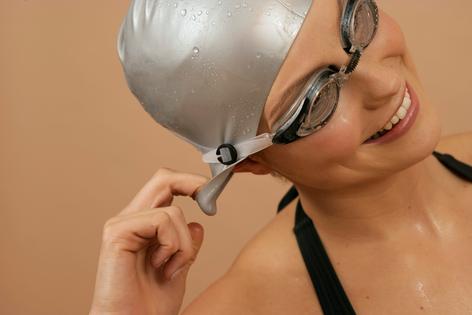Summer swimming season may be over, but you can still get swimmer's ear – and you don't even need to go in the water
Published in News & Features
Many forms of ear infections strike children and adults alike, but among the most common is acute otitis externa, also known as swimmer’s ear.
About 10% of Americans will experience swimmer’s ear during their lifetimes. Adults are affected more commonly, and children only rarely, generally ages 5 to 12.
But you don’t have to be swimming to get swimmer’s ear. Go out jogging or walking, or do yardwork on a hot day, and moisture from perspiration can drip in your ear. However, the occurrence increases fivefold in swimmers – thus the reason the condition came to be called “swimmer’s ear.” It also occurs more frequently in tropical climates because of humidity and higher temperatures.
As doctors who specialize in ear problems, we are actively involved in research and clinical treatment for children and adults struggling with ear, nose and throat problems. Practicing in the state of Florida, we’ve certainly seen our share of patients with swimmer’s ear.
Swimmer’s ear is an infection in the external ear canal, the tube leading from the ear opening to the eardrum. Typically, swimmer’s ear occurs only in one ear, and sometimes the eardrum itself is affected. Moisture trapped in the canal leads to a break in the skin barrier and creates an opening for certain bacteria types to enter or existing ones to overgrow.
One of these culprits is the bacterium Pseudomonas aeruginosa, which is present in soil and water throughout the world. These bacteria favor moist areas, such as sinks, toilets, inadequately chlorinated swimming pools and hot tubs, as well as outdated or inactivated antiseptic solutions.
If you have the infection, you’ll know it. Symptoms generally appear a few days after infection. The main symptom of swimmer’s ear is severe pain and discomfort. It’s particularly noticeable when the outer ear is tugged, or by touching the tragus – that’s the small bump at the front of your ear. Other symptoms include itchiness inside the ear, redness, swelling and drainage. A feeling of fullness, or the perception of a plugged ear, may also occur, along with disturbed balance and temporary hearing loss.
Numerous factors can predispose someone to swimmer’s ear. They include a narrow ear canal, and skin diseases such as eczema or psoriasis. In addition, individuals wearing ear plugs, ear buds or hearing aids may be at an increased risk. Diabetics may also be more prone to the infection.
Swimmer’s ear can also come from something getting stuck inside the ear, excessive ear cleaning or contact with chemicals in hair dye or hairspray.
Swimmer’s ear is diagnosed after a health care provider has gathered a thorough history and examined the inside of the ear. The ear canal will typically look red, swollen and moist. There is also a possibility of fluid drainage or the appearance of scaly, shedding skin. Depending on the degree of swelling, the eardrum may be hard to see. A sample of fluid may be removed from the ear and sent to a lab to look for bacteria or fungus.
...continued











Comments